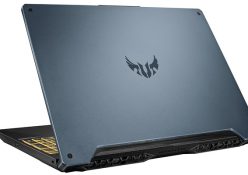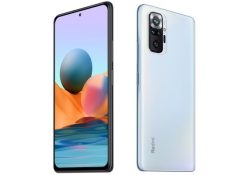How and why electronic devices employ technology to follow a user’s line of sight.
Eye tracking uses a combination of sensory hardware and analytical software that pin-points and tracks the movement of a person’s eyes. This has been around since the early 1900s, when psychologist Edmund Burke Huey created a contact lens with a needle attached to help assess the fluency of a person’s reading ability. Since then, the modern era of eye-tracking technology has digitally evolved beyond the need for uncomfortable contact lenses.
To keep track of the movements of each eye, the system employs a combination of cameras and infrared light. Infrared light is fired at the eye, which is reflected by the eye’s cornea and received by the system’s camera. Analytical software then records changes in the orientation of the reflected light, ultimately building a pattern of movement and tracking the eye. This type of tracking has been used in several different industries.
Marketing researchers use it to analyse how people respond and engage visually with products and their packaging. Game developers such as Sony also incorporate eye- tracking technology into virtual- reality games.
Ditching the traditional controller, PlayStation’s Before Your Eyes lets players navigate through the game’s story by simply watching and winking. Eye tracking has also been incorporated into other technologies, such as Acer’s 3D laptops and Spatial Labs tablets.
Technological vision
How eye tracking keeps tabs on your pupils.
![]()
1. CAMERA
Eye-tracking cameras are equipped with near-infrared sources and light-sensing cameras.
2. SEEING THE EYE
When infrared light comes in contact with the eye, it passes through the pupil and is reflected by the cornea.
3. FINDING A PATTERN
Data from the reflected infrared light creates a referable pattern of eye movement.
4. RECOGNITION
Machine- learning software processes the reference pattern of the eye and records where the pattern moves.
5. LIGHT FIELD
Infrared light is emitted to create a field of light which reveals two points of reflection from the eye.
Talking with your eyes
One of the most revolutionary ways that eye- tracking technology has changed the world is to assist people who have disabilities. It can give a voice to those who suffer from conditions that impede a person’s ability to speak, such as multiple sclerosis (MS) or cerebral palsy.
Often referred to as gaze systems, these devices allow people to use their eyes to carry out a whole host of tasks, such as emulating a mouse for internet browsing and remotely operating televisions. This technology has also enabled people to communicate with others by typing out words with their eyes or selecting pre- saved phrases.
Photography: COURTESY IMAGES






